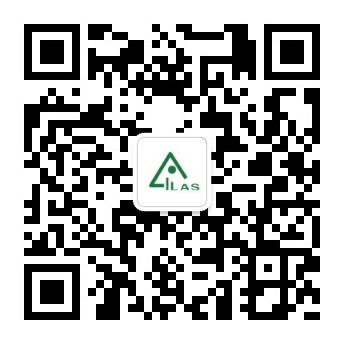Virol J.-The mouse and ferret models for studying the novel avian-origin human influenza A (H7N9) virus
我所秦川教授课题组科技攻关H7N9有新成果,使用小鼠和雪貂制作了感染H7N9雪貂模型。
Virol J. 2013 Aug 8;10:253. doi: 10.1186/1743-422X-10-253.
The mouse and ferret models for studying the novel avian-origin human influenza A (H7N9) virus.
Xu L, Bao L, Deng W, Zhu H, Chen T, Lv Q, Li F, Yuan J, Xiang Z, Gao K, Xu Y, Huang L, Li Y, Liu J, Yao Y, Yu P, Yong W, Wei Q, Zhang L, Qin C.
SourceInstitute of Laboratory Animal Sciences, Chinese Academy of Medical Sciences (CAMS) & Comptive Medicine Center, Peking Union Medical Collage (PUMC), Key Laboratory of Human Disease Comptive Medicine, Ministry of Health, Beijing, China.
Abstract
BACKGROUND: The current study was conducted to establish animal models (including mouse and ferret) for the novel avian-origin H7N9 influenza virus.
FINDINGS: A/Anhui/1/2013 (H7N9) virus was administered by intranasal instillation to groups of mice and ferrets, and animals developed typical clinical signs including body weight loss (mice and ferrets), ruffled fur (mice), sneezing (ferrets), and death (mice). Peak virus shedding from respiratory tract was observed on 2 days post inoculation (d.p.i.) for mice and 3-5 d.p.i. for ferrets. Virus could also be detected in brain, liver, spleen, kidney, and intestine from inoculated mice, and in heart, liver, and olfactory bulb from inoculated ferrets. The inoculation of H7N9 could elicit seroconversion titers up to 1280 in ferrets and 160 in mice. Leukopenia, significantly reduced lymphocytes but increased neutrophils were also observed in mouse and ferret models.
CONCLUSIONS: The mouse and ferret model enables detailed studies of the pathogenesis of this illness and lay the foundation for drug or vaccine evaluation.
全文下载:https://www.ncbi.nlm.nih.gov/pmc/articles/PMC3750532/

 微信公众号
微信公众号 京公网安备11010502033649
京公网安备11010502033649